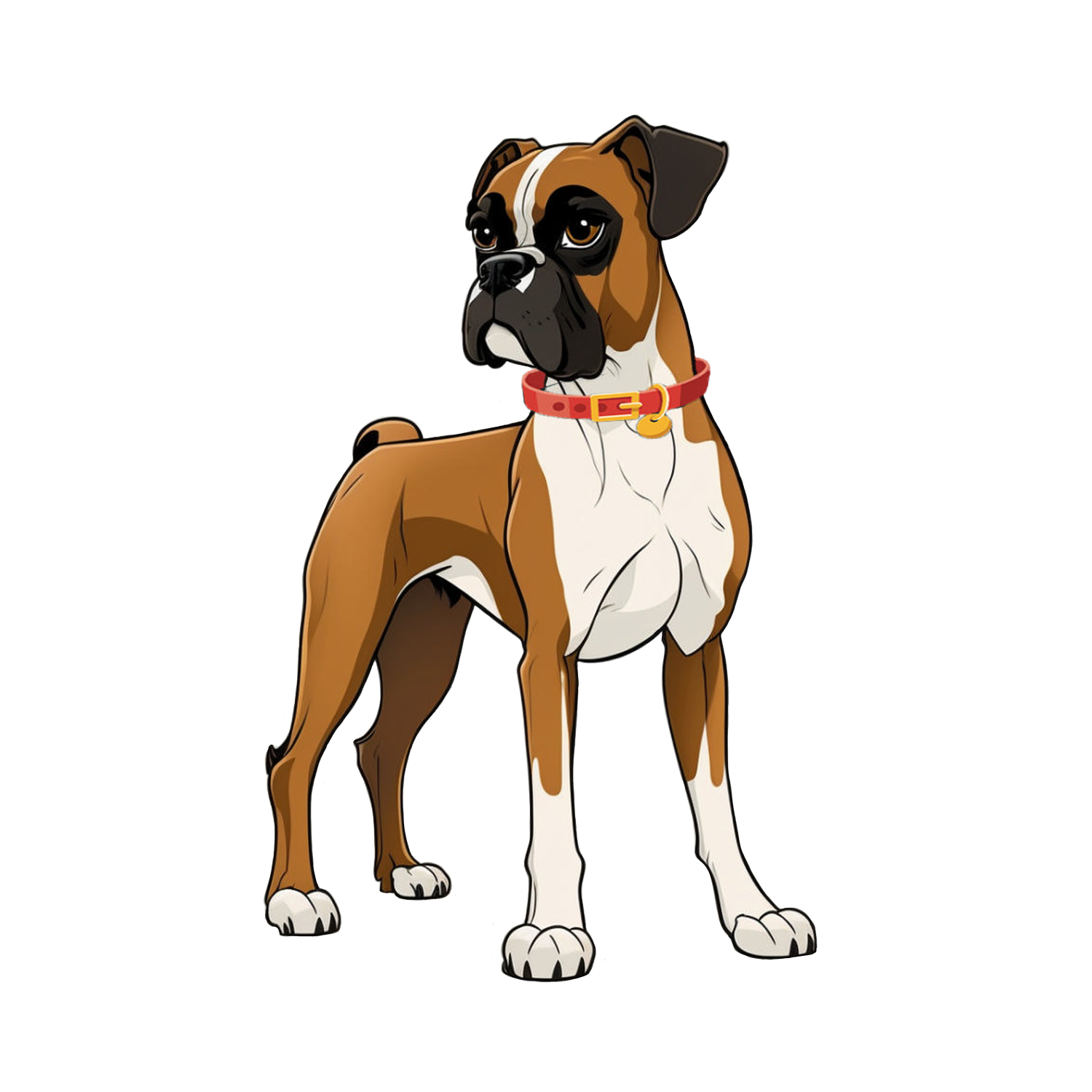12|7|24 - Junior Paleontologist: Digging for Dinosaur Bones!
Attention young adventurers! Have you ever wondered what it would be like to dig up a real dinosaur bone? Imagine being a junior paleontologist, just like the scientists who uncover ancient fossils that tell the story of dinosaurs and other creatures that lived millions of years ago. If you love dinosaurs and want to learn how to become a paleontologist, you’re in the right place! Let’s grab our tools and get ready for an exciting fossil adventure!
What is a Paleontologist?
A paleontologist is a scientist who studies fossils—those are the remains of animals, plants, and even tiny bugs that lived a long, long time ago. Paleontologists dig deep into the earth to find dinosaur bones, teeth, footprints, and other ancient treasures. These fossils help us learn about the dinosaurs that roamed the Earth millions of years ago!
Being a paleontologist is like being a detective. You get to solve mysteries about ancient creatures and figure out what life was like before humans were around. Want to join the team? Here’s how you can start your own adventure as a junior paleontologist!
What Tools Do Junior Paleontologists Use?
Before you start digging for dinosaur bones, you’ll need some important tools. These tools help you carefully uncover fossils without breaking them! Here are some of the most important tools a junior paleontologist needs:
Shovel: To dig up the dirt and get down to where the fossils might be hiding.
Brush: A soft brush is perfect for gently cleaning away dirt from bones without damaging them.
Trowel: This small tool is used to carefully scrape away dirt around fossils.
Magnifying Glass: To get a closer look at tiny details on fossils, like the texture of bones or teeth.
Notepad: To take notes about what you find and where you find it.
Where Do Paleontologists Find Dinosaur Bones?
Dinosaur bones can be found in many places around the world, but some spots are more famous than others! Here are a few places where real paleontologists dig for fossils:
Badlands National Park (USA): This park in South Dakota is known for its rich collection of dinosaur fossils, including the famous Tyrannosaurus rex!
Dinosaur Provincial Park (Canada): In Alberta, this park is home to many dinosaur fossils, and you can even go on a fossil tour to see what paleontologists are digging up.
Mongolian Gobi Desert: The Gobi Desert is one of the best places to find dinosaur eggs and bones—especially from a dinosaur called Velociraptor.
Argentina’s Patagonia Region: This area is known for fossils of huge dinosaurs, like Argentinosaurus, one of the largest dinosaurs ever discovered!
How Do Paleontologists Dig for Fossils?
The process of digging for fossils is super fun and requires a lot of patience. Here's how paleontologists do it:
Excavation: First, they pick a site where they think dinosaur bones might be buried. They use shovels and trowels to carefully remove the dirt, one layer at a time.
Brush and Scrape: Once they start finding bones or fossilized remains, they use brushes and small tools to gently clean the area. This way, they don’t accidentally damage anything.
Digging Deep: Sometimes fossils are buried deep underground, so paleontologists have to dig very carefully to avoid breaking anything fragile. They can spend hours or even days on one fossil!
Excavating the Fossil: When they uncover a fossil, it’s very important to keep track of where they found it. They might even take a mold of the fossil to make sure it stays safe while they carefully remove it from the ground.
Study the Fossils: After the fossils are dug up, paleontologists take them back to the lab to study them. They might be able to figure out what kind of dinosaur the bones came from and what it ate, how it lived, and how it moved!
Fun Dinosaur Facts to Know Before You Dig! 🦖
Dinosaurs lived a long time ago: Dinosaurs roamed the Earth about 65 million years ago, and there were many different types—some huge, some small, and some that could fly!
T. rex was a giant: The Tyrannosaurus rex was one of the largest meat-eating dinosaurs, with teeth that could be as big as bananas!
Some dinosaurs had feathers: Not all dinosaurs were scaly! Some, like Velociraptor, had feathers, just like birds!
Triceratops had three horns: Triceratops had three horns on its head—two above its eyes and one on its nose—and it used them to protect itself from predators.
How You Can Be a Junior Paleontologist at Home!
You don’t have to be a grown-up scientist to start exploring the world of dinosaurs! Here are some fun activities you can do at home:
Go on a Fossil Hunt: You can make your own fossil hunt in the backyard or at a local park. Look for rocks and sticks that might look like dinosaur bones. You can even create your own fossil cast using clay!
Make a Dinosaur Dig Kit: Get a small toy dinosaur, bury it in some sand, and then use a brush and small tools to “excavate” it. You can pretend to be a paleontologist discovering a new species!
Visit a Dinosaur Museum: Many museums have exhibits where you can see real dinosaur bones and fossils. Some even have fossil digging activities where you can be a real junior paleontologist!
Learn from Books and Videos: There are tons of cool books and documentaries about dinosaurs and paleontology. You can read all about famous discoveries and watch paleontologists dig up fossils in the field.
Your Dinosaur Adventure Awaits!
Now that you know what it’s like to be a junior paleontologist, it’s time to start your own dinosaur adventure! Whether you’re digging in the backyard or visiting a museum, you’re part of a big team of scientists who are always learning more about the amazing creatures that lived millions of years ago. So grab your tools and get ready to dig up some prehistoric fun!
Happy fossil hunting, young paleontologist!
